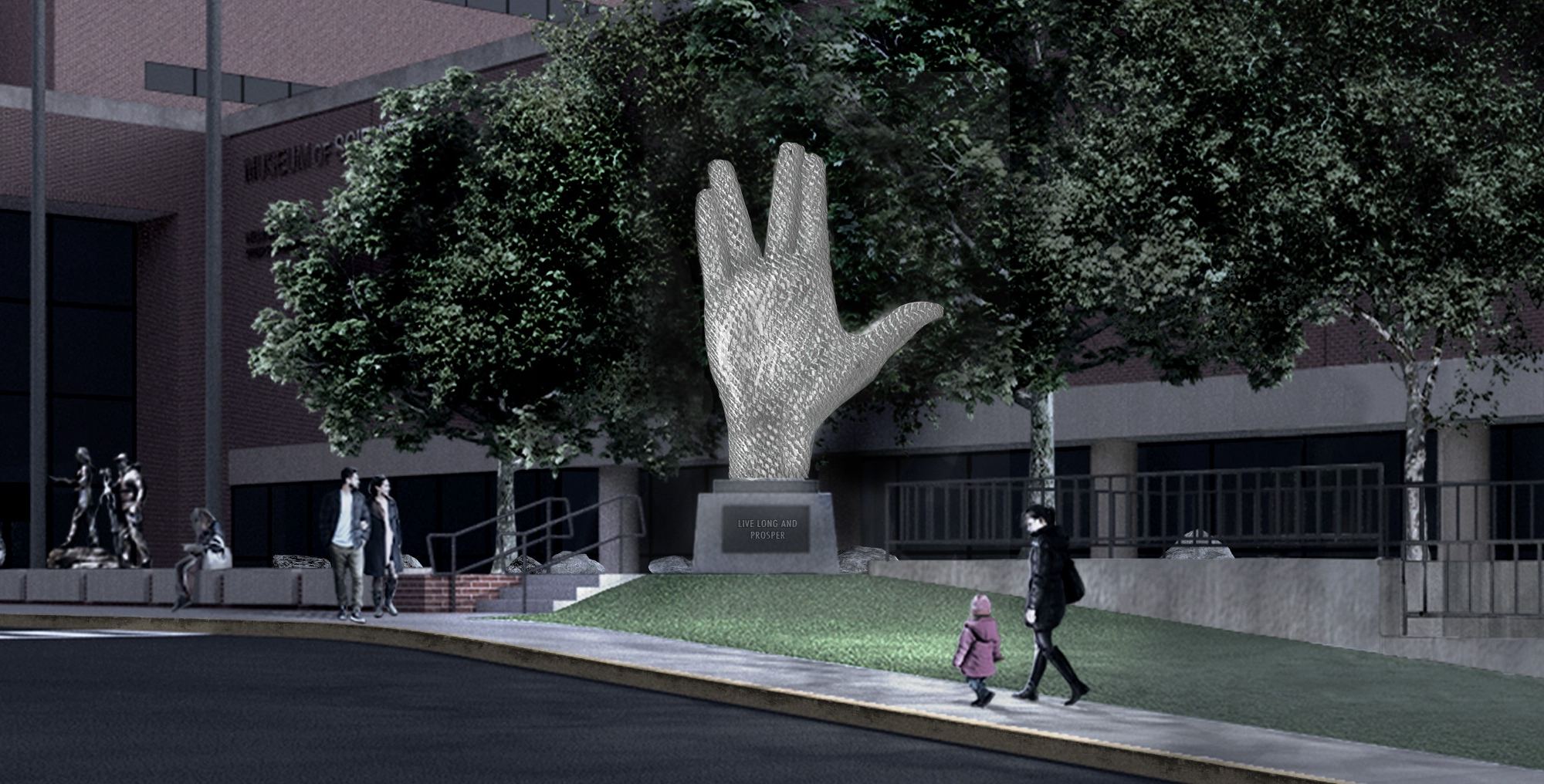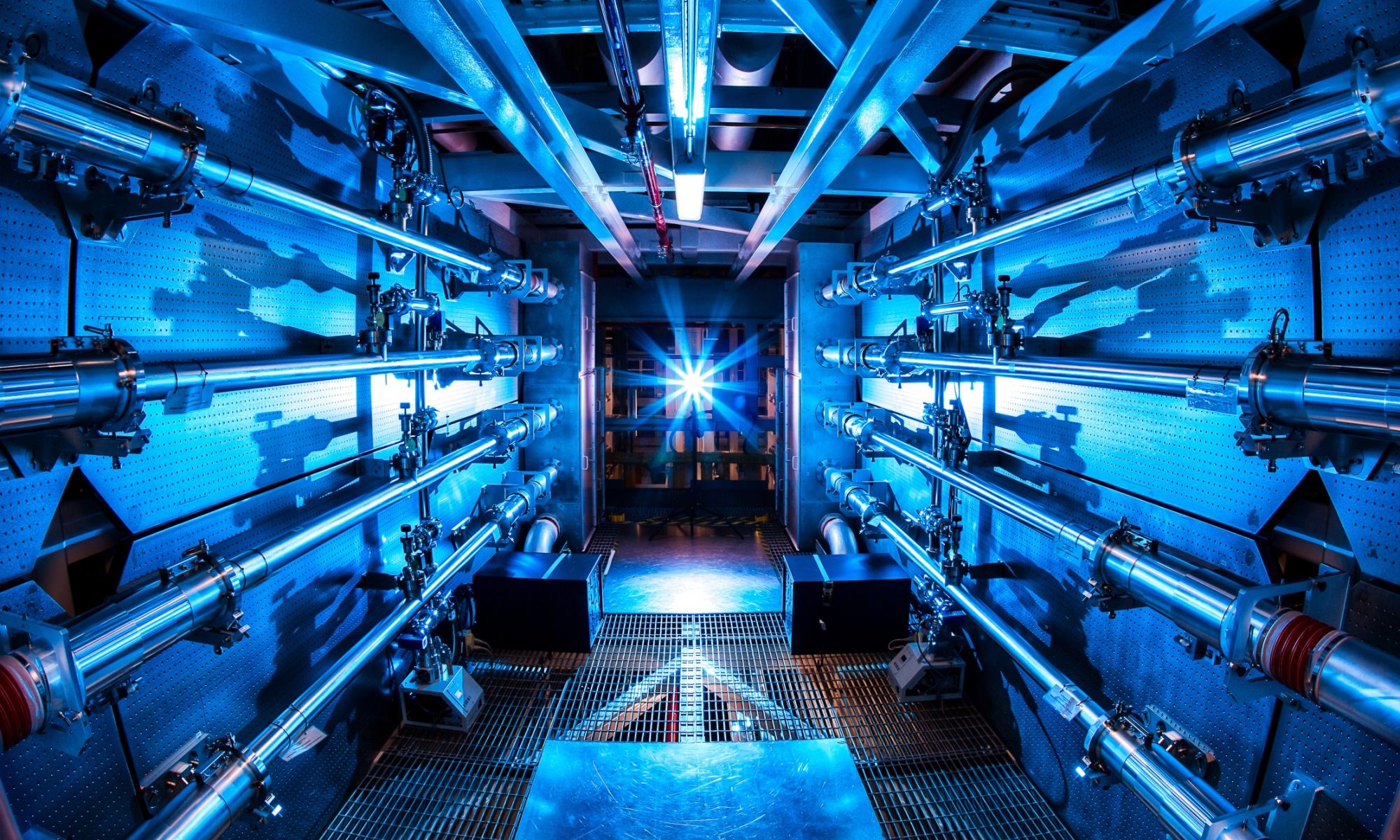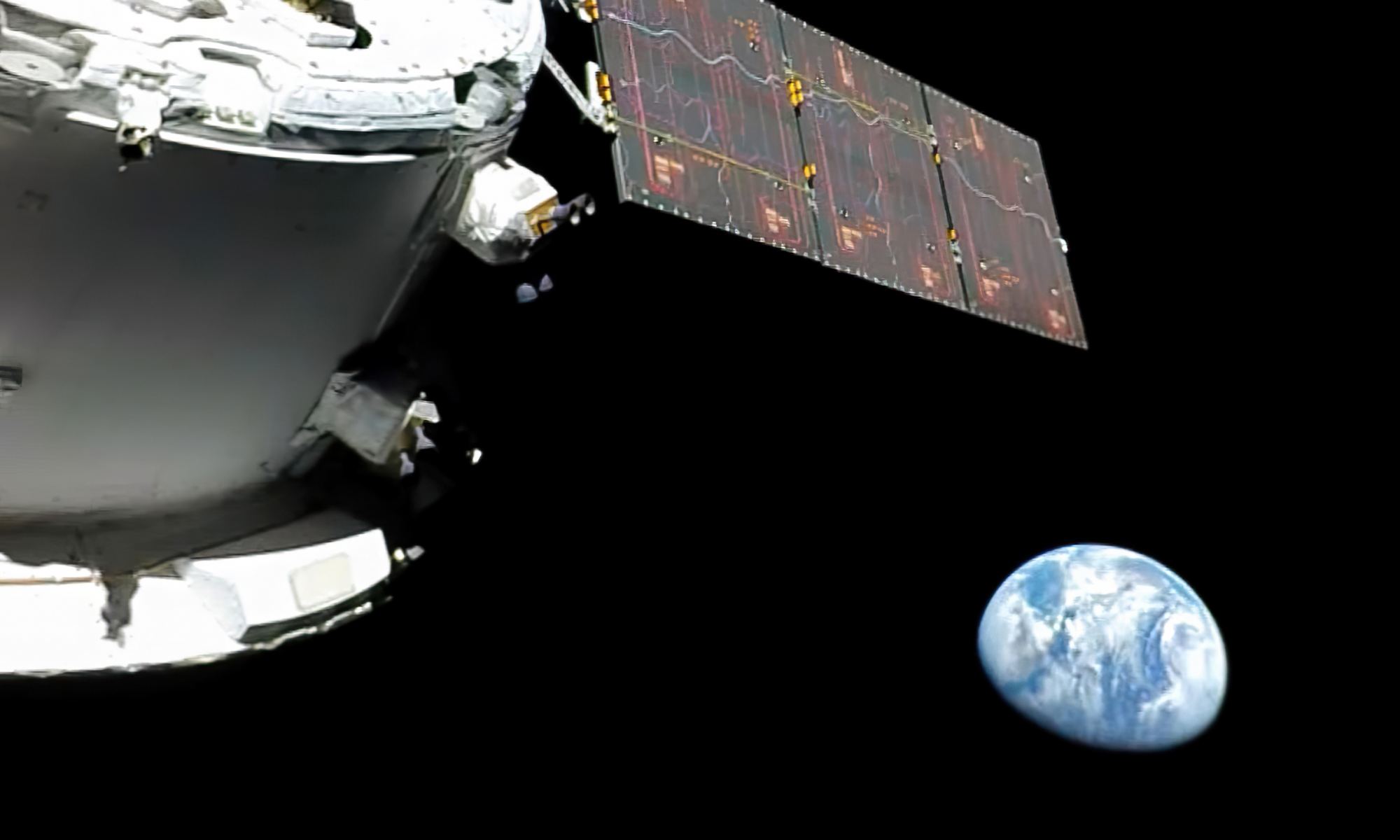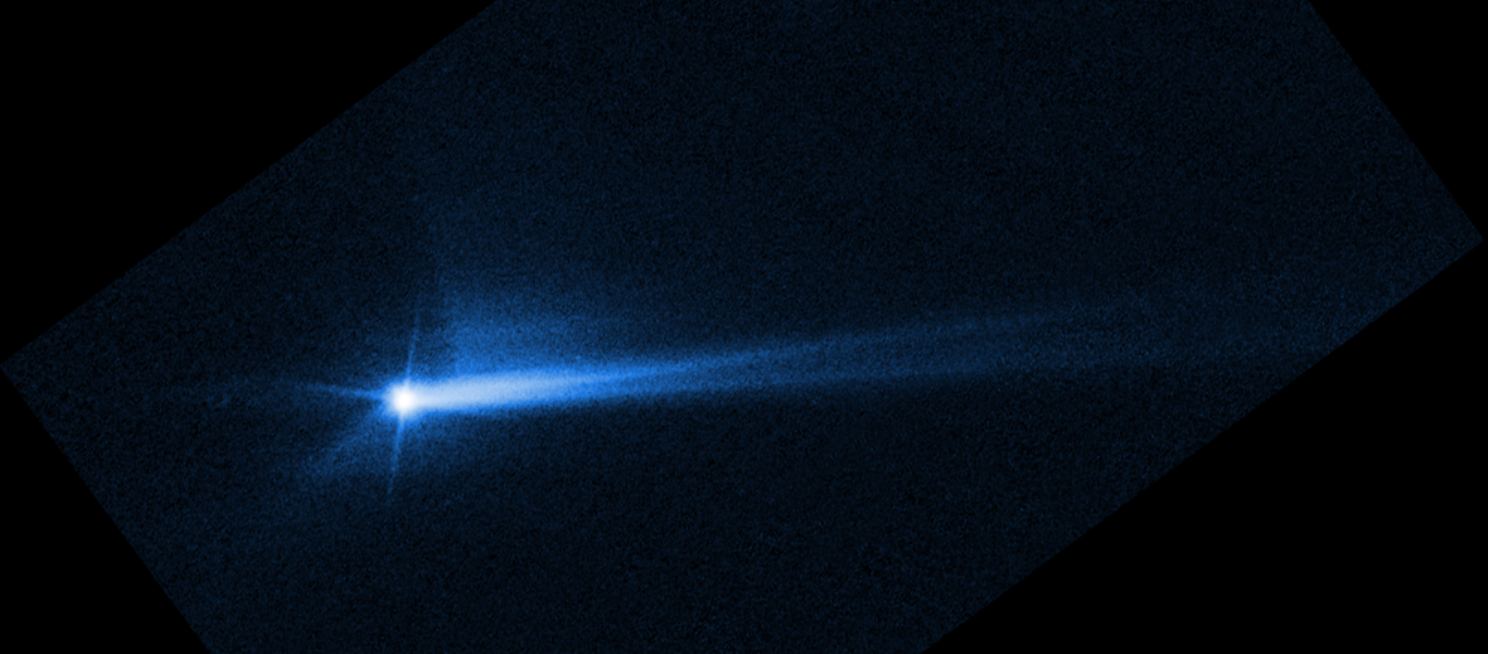Efforts to create a memorial celebrating the legacy of Leonard Nimoy, the actor who played a pointy-eared alien named Spock on “Star Trek,” have shifted to warp speed nearly eight years after his death.
A six-figure contribution from Rich Miner, the co-founder of Android, is energizing the campaign to create an illuminated 20-foot-high sculpture depicting Spock’s famous “Live Long and Prosper” hand gesture. The sculpture would be placed at Boston’s Museum of Science, near the West End neighborhood where Nimoy grew up.
Nimoy’s daughter, Julie Nimoy, and her husband David Knight are working with the museum to hit a $500,000 fundraising goal for the project. Thanks to Miner’s contribution, Knight said that the stainless-steel monument, designed and created by sculptor David Phillips, could begin taking shape as early as this year.
Continue reading “Spock-tacular! Tech Pioneer Boosts Plan for Leonard Nimoy Memorial”









